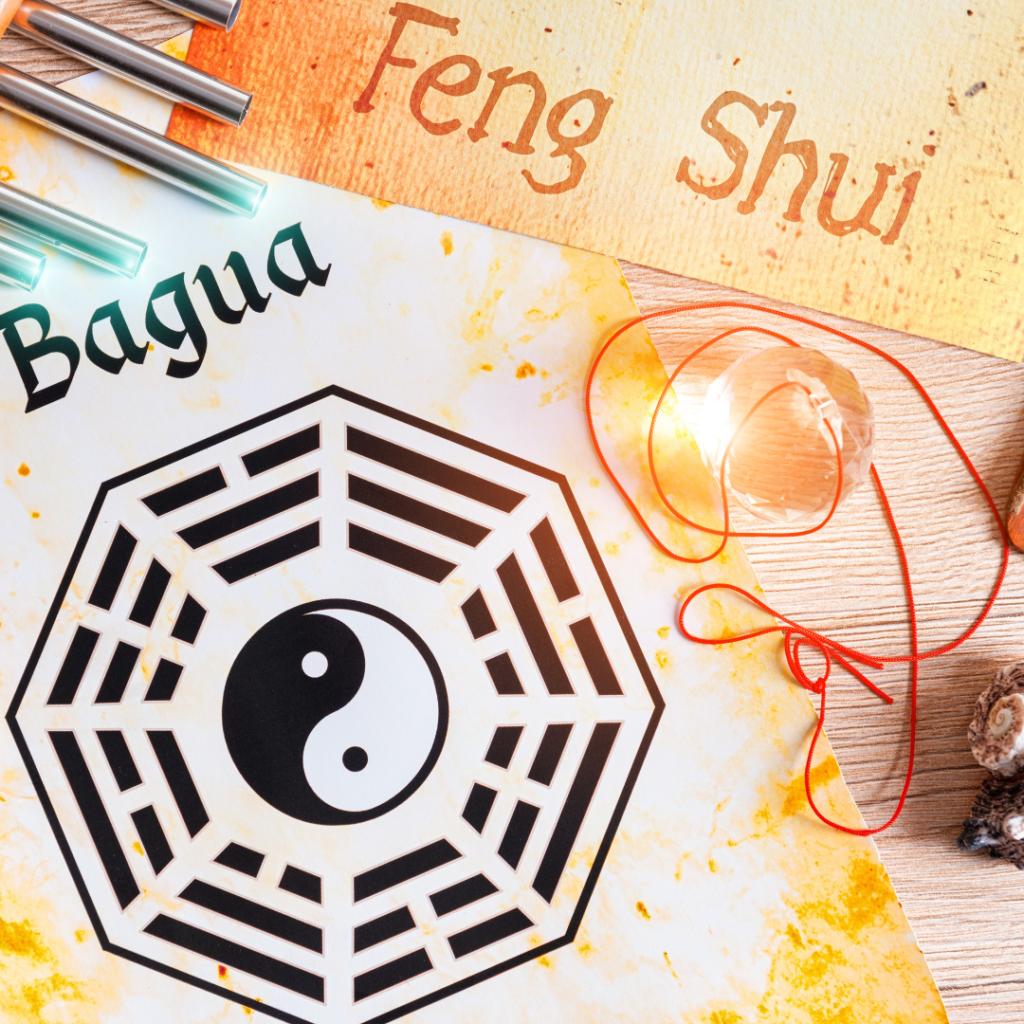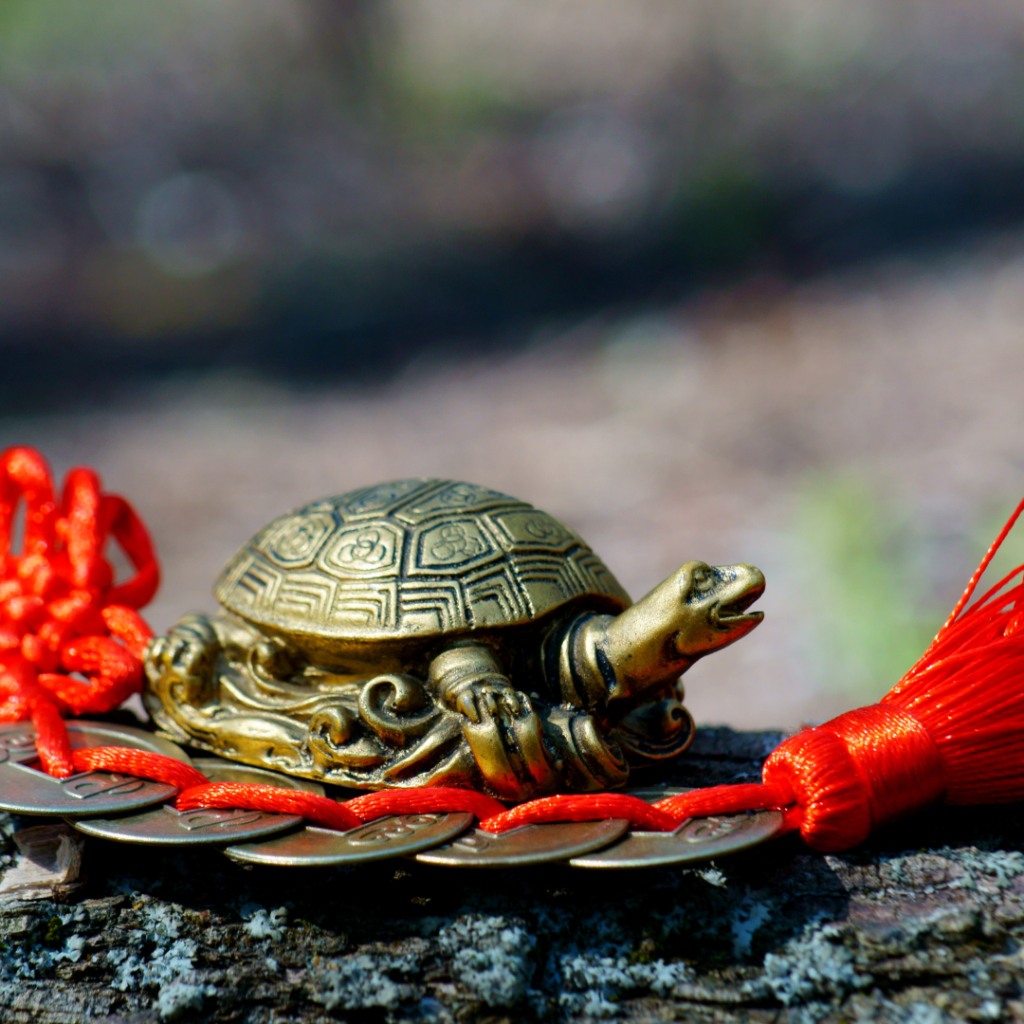
Feng Shui is an ancient Chinese practice that aims to harmonize individuals with their environment.
History of Feng Shui
Feng Shui is an ancient Chinese practice that has been around for over 3,000 years. It focuses on the arrangement of objects and spaces in order to create balance and harmony between individuals and their environment. The practice has evolved over time and has been influenced by various schools of thought, including Taoism and Confucianism. Today, it is still widely used and respected in Chinese culture and has gained popularity in the Western world as well.

invite “Chi”
In Feng Shui, Chi (also spelled Qi) refers to the flow of energy that permeates everything in the universe. It is believed that Chi can have a positive or negative influence on our lives, depending on how it flows and interacts with the environment around us. Feng Shui practitioners often work to balance and enhance the flow of Chi in a space in order to promote health, happiness, and prosperity.

The Feng Shui Bagua
The Feng Shui Bagua is a tool used in Feng Shui to map out the energy of a space and determine areas that correspond to different aspects of life, such as health, wealth, and relationships. It is a grid divided into nine sections, each representing a different life area and element. By aligning the Bagua with a space and making adjustments to enhance the energy flow, it is believed that balance and harmony can be achieved. Who doesn’t need or want more of that?
Cardinal Directions in Feng Shui
In Feng Shui, the cardinal directions are important as they each represent different energies and elements. The North is associated with the water element and represents career and life path. The South is associated with the fire element and represents fame and reputation. The East is associated with the wood element and represents family and health. The West is associated with the metal element and represents creativity and children. Finally, the center of a space is associated with the earth element and represents balance and stability.
Here are some representation on using cardinal directions in Feng Shui:
- North represents career and life path.
- South represents fame and reputation.
- East represents health and family.
- West represents creativity and children.
- Northeast represents knowledge and education.
- Northwest represents helpful people and travel.
- Southeast represents wealth and abundance.
- Southwest represents love and relationships.
It’s best to use a compass to determine the directions in your space and adjust accordingly to create balance and harmony.
Colors in Feng Shui
In Feng Shui, colors are believed to have a significant impact on a person’s energy and well-being. Each color is associated with a specific element and can be used to enhance or balance the energy in a room. For example, red represents fire and is used to stimulate passion and excitement, while blue represents water and is used to create a calming and peaceful atmosphere. The proper use of colors in Feng Shui can enhance the energy flow and create a harmonious environment.
Here are some quick and simple tips to help you incorporate Feng Shui into your daily life:
- Clear the Clutter: A cluttered space can lead to a cluttered mind. Start by decluttering your home or office to create a peaceful and organized environment.
- Use the Bagua Map: The Bagua Map is a tool used in Feng Shui to map out different areas of your life, such as career, health, and relationships. Place the map over your floor plan to determine which areas need attention.
- Add Plants: Plants are a great way to bring nature into your space and improve air quality. Choose plants with rounded leaves and avoid those with sharp edges.
- Use Colors: Colors can affect your mood and energy. Incorporate colors like green for growth, blue for calmness, and red for passion into your décor.
- Place Mirrors Thoughtfully: Mirrors can reflect and amplify energy. Place them strategically to enhance positive energy flow and avoid reflecting negative energy.

Animals in Feng Shui
In Feng Shui, animals are often used to represent certain qualities and energies. For example, the dragon represents power and good luck, while the turtle represents longevity and protection. The placement and use of these animal symbols in the home or workplace can help to enhance or balance the flow of energy, or “chi”. Feng Shui practitioners often use a variety of animal symbols in their practice, each with its own unique meaning and purpose.
We hope these tips and information will help you create a harmonious environment that promotes balance and positivity in your life.
Peace, Love and Light


